By Ed Boitano
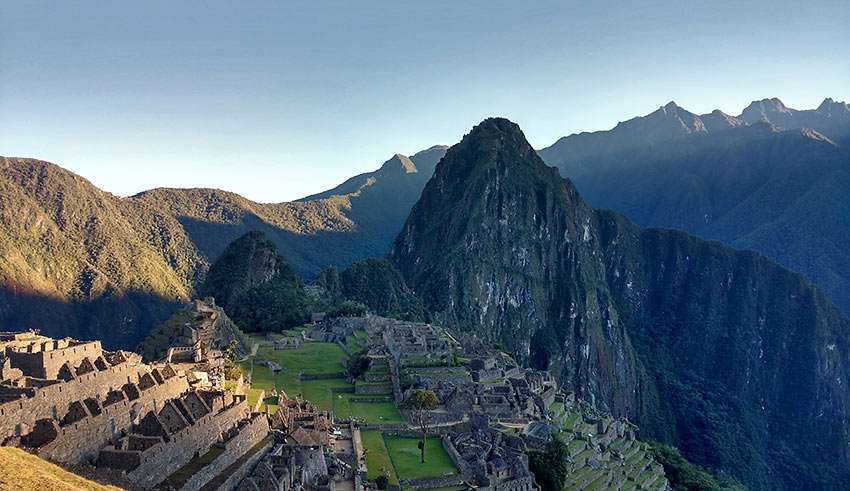
No one knows for sure who the Harrison Ford character was based upon in the Indiana Jones and the Raiders of the Lost Ark film franchise. George Lucas, the franchise’s producer, said that Indiana Jones was modeled after the heroes in 1930’s matinée serials. But he was also inspired by real archaeologists like Hiram Bingham, Roy Chapman Andrews and Sir Leonard Woolley.
But some do point to Hiram Bingham, an American historian and lecturer at Yale University, who journeyed high into the Peruvian Andes in search of The Lost City of the Incas in 1911. With the help of local Andean farmers, he was led to a site of monumental granite structures, terraces and temples covered by more than four centuries of lush jungle growth.

Yet, others considered an earlier rediscovery of the citadel to Agustin Lizarraga, a tenant of Cusco homelands, who came to the ruins nine years before Bingham. Bingham dimished the account as untrue, believing Lizarraga would have left an inscription on one of the Temple of the Three Windows‘ wall as a form of authentication. But, some historical data suggests that Lizarraga’s markings might have been intentionally deleted. Like Machu Picchu, the history of its rediscovery is still shrouded in mystery today.

Photograph courtesy of Machu Picchu History – Machu Picchu.
After much speculation, it was determined that his discovery was none other than Machu Picchu (Old Mountain in Quechua, the ancient language of the Incas), and regarded as the estate of the Inca emperor Pachacuti, the first Incan expansionistic emperor. The location was chosen as a religious center due to its position in the mountains and its alignment with key astronomical elements important to the Incas. Still clouded in historical mystery, Machu Picchu inhabited a vertical world with approximately 200 structures divided into a lower and upper part, separating the farming from residential areas. Today it is one of the Seven Modern Wonders of the World.
Lima: Peru’s Capital City
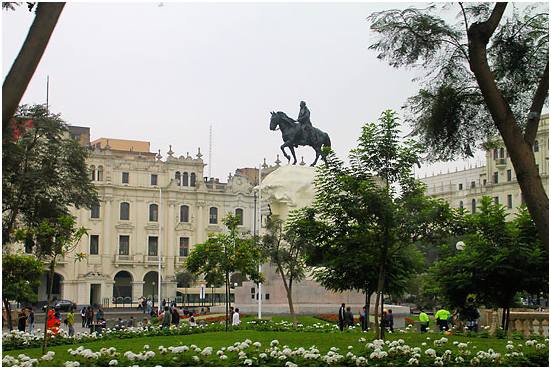
Lima was established by the much-despised Spanish conquistador Francisco Pizarro as the capital of New Spain. First coined Ciudad de los Reys (City of the Kings), it was constructed in a month when the skies were clear and the sun set on this new port town to ship back all the looted Incan gold and silver to Spain. The joke was on Pizarro for the eventual moniker of Lima la Gris (the thick blanket of fog that covers the city for almost the entire year) was a more apt description.
Today, with a population of 11,045,000 million people, Lima is a primarily a melting pot of Andean-Indian, Creole, Mestizo and recent immigrant people. To experience its unique history, cuisine, festive culture of music and dance, and pre-Colombian, Spanish colonial-style and modern architecture rates a trip of its own.

During the Colombian Exchange, the Spaniards introduced to Europe a selection of carefully cultivated Incan tubular root samples, which would revolutionize the diet of virtually the entire world: THE POTATO. For over 5,000 years, Andean farmers have been practioners in indigenous agricultural landscape management with terraces, ridges fields, water management, soil management and traditional agricultural tools, adapted to the ecosystems of the different Andean altitudes ranging from 8,200 to 16,400 ft.

Like Mexico, Peru has been noted for its contributions to global cuisine. With apologies to xenophobic Euro-American U.S. citizens, our diets have been endowed by not just potatoes, but also by beans, maze, squash, tomatoes, avocados, chili peppers and the very traditional Turkey Fowl – all from the New World.
Accommodations were at the luxurious Casa Andina Private Collection Miraflores, well situated in Lima’s high-end beach community of Miraflores. I was in no hurry leave such a vibrant city, but knew the next day I would board a plane for Cusco, the capital of the Incan Empire.
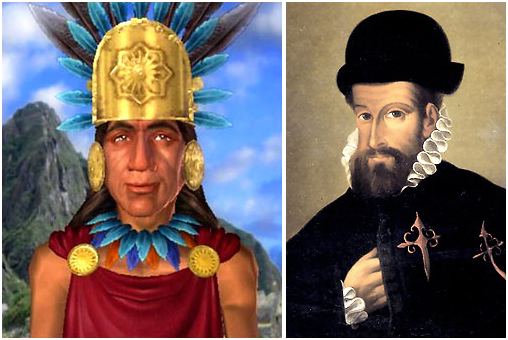
Inca Emperor Huayna Capac and Pizarro & the Conquistadors
The adored Inca emperor Huayna Capac died from European diseases without actually having met a Spaniard. In 1532, he was afflicted by an Incan runner who had passed it on to him after his own affliction upon meeting a group of conquistadors. Today, many speak of the Coronavirus pandemic (COVID-19) as an unparalyzed period in human history. Yet, the continents of the Americas were virtually emptied of native inhabitants – some academics estimate that approximately 95% (20 million) of the population – may have died following the European invasion from diseases in which they had no immunity.
At the height of his power, the Inca Empire controlled all of the western part of South America between what is today Ecuador and Chile. Before Capac’s death he divided the empire in half, leaving it to his two jealous sons, Atahualpa and Huáscar. Both men wanted to be sole emperor, and a civil war broke out among the Incas.
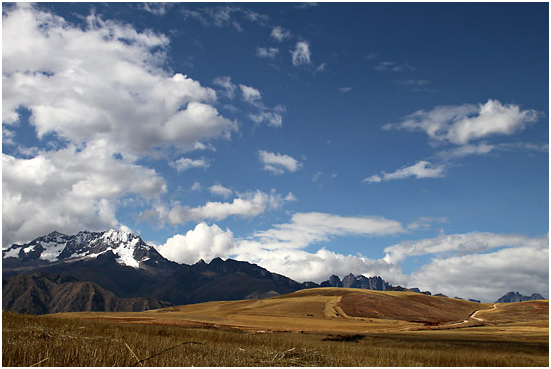
Pizarro and his force of just 168-men, one-cannon and 27-horses arrived at the right time and at the right place. Divide and conquer was their age-old theme. They sided with Atahualpa, who was already close to defeating Huáscar. After Atahualpa’s victory, the Spaniards turned on Atahualpa, holding him for ransom with the return of a room filled with gold and silver. After the Incas fulfilled their end of the bargain, the Spanish continued with their plan and murdered Atahualpa anyway. They also took the wives of Incan royalty as their mistresses. The remaining Incan people who had not died from disease or battle were used as slaves, transporting the spoils of victory to Lima.
Birth of the Incas – Never Let the Truth Ruin a Good Story

With no written language – using knots in ropes as a form of rudimentary communication – the Incas led Spanish historians to believe that Lake Titicaca was the cradle of civilization. And the Sun God had sent his son and daughter from the waters with the command of finding a location which would constitute the centerpiece of the mighty Inca Empire. They carried a sacred golden staff on a long quest to a place where the staff would be able to sink into the rocky soil.
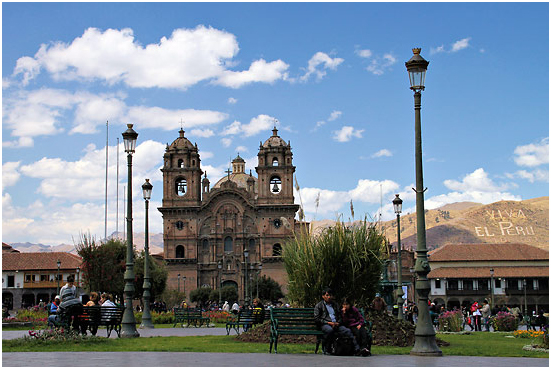

This trek led to the founding of Cusco – the navel of the world – and the new Inca Empire was established. Truth be told, the Inca Empire lasted only 100 years, and was built upon the remnants of previous empires, most notably the 500-year-long expansionistic Wari Empire, which is believed to have collapsed due to politcal infighting and severe droughts.
The Incas used a variety of methods, from conquest to peaceful assimilation, to incorporate a massive empire. Their organic use of stone, which were fitted together without mortar to form walls, are still standing today, while numerous Spanish colonial-style structures crumbled, succumbing to the area’s many earthquakes. Countless architects have been influenced by the Inca’s intricate and painstaking work on their stone walls, including the esteemed Frank Lloyd Wright.
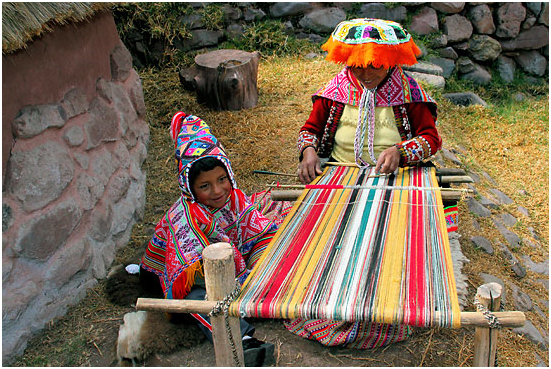
With Cusco situated in the Sacred Valley, it was easy to be mesmerized by weaving demonstrations, river rafting on the Urubamba River, visiting a llama ranch, an Ollantaytambo town ruins tour and witnessing Andean farms and terraces built by the Incas over 500 years ago.
With the advent of oxen, introduced by the Spanish, no longer would the pre-Columbian populace have to use human strength in dragging their stones and materials. What I enjoyed the most were the little Andean farms, still using to pull their ploughs on terraces built by the Incas over 500 years ago.

I noticed many ceramic oxen decorations, known as Torito de Pucara, placed on rooftops to bring good luck, crops and livestock fertility, and prosperity. It was like watching living history.

As a gateway city to Machu Picchu, Cusco is a major tourist destination and receives almost two-million visitors a year. Stand warned – it is beyond touristic with hungry merchants anxious to sell you their wares. With the elevation of 11,200 feet, I was a little worried about altitude sickness. So, along with my Wari and Incan guides, I sucked (not chewed) on coca leaves and which seemed to do the trick. Plus, no seemed to notice my chipmunk bloated cheeks, that is except my photographer, Deb Roskamp.
For more: The Coca leaf and its Importance in the Inca Culture | CuscoPeru.com
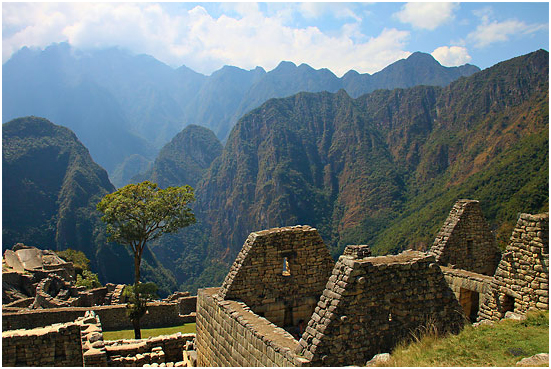
Getting to Machu Picchu from the Sacred Valley is a breathtaking journey through a changing landscape with a bus ride to a glass-domed train trip to the Amazonian city of Agues Calientes and then another fun, but bumpy bus ride up to the gate of Machu Picchu .
Nothing prepared me for the beauty of this ancient site as I stood at the guardhouse that ends the Inca Trail and overlooks the site – the same view that the Incas would see when entering Machu Picchu. It is something that everyone needs to experience at least once in a lifetime.
Modern Myth
Did the Inca civilization know about the wheel? Yes, but they rarely used it, due to the mountainous terrain and lack of sturdy beasts of burden. The wheel, though, was used for weaving methods and children’s toys.
Where I Stayed
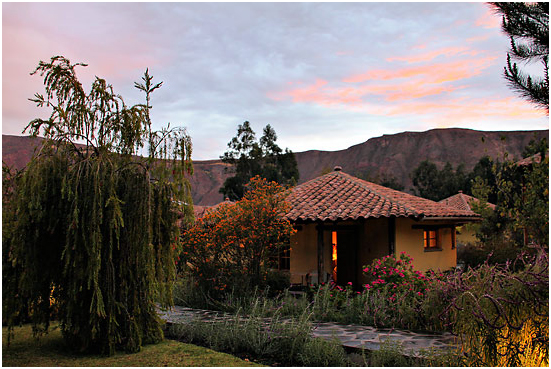
Sol y Luna Resort is more than a collection of private casitas in the Sacred Valley; it is a sacred experience unto itself. Surrounded by lush vegetation with the stunning Andean Mountains as a backdrop, it is like staying at your own private Shangri-La, yet also serving as a pre-Colombian destination with group offerings. Attractions featured a traditional Pachamanca (Quechua: earth, pacha; pot, manca) dinner – much like a Hawaiian luau – with potatoes and guinea pig (cuy; pronounced: kwee), served whole, head included. Events also included a Peruvian cooking demonstration, a seminar devoted to the Pisco Sour (blending pisco, a grape brandy produced in wine making regions of Chile and Peru, with lime juice, egg white and Angostura bitters dissolved in alcohol). For teetotalers, chicha (the main beverage of the Incas, made from a variety of maize) was served at most meals. All this with folkloric Andean dancing in the foreground.

Coronavirus updates and travel restrictions to entering Peru
Peru Travel restrictions, updated on August 4th, 2022.
The latest travel restrictions for Peru are that all travelers must be fully vaccinated or have a negative COVID-19 test result within 48 hours of their flight. They must also complete a Health Declaration form before arriving in the country.
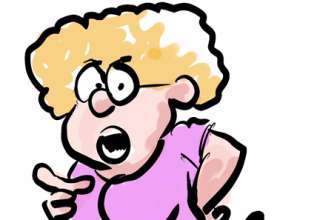
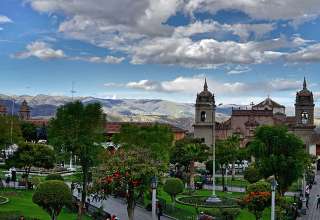
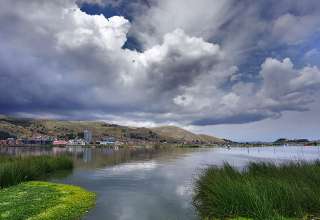























Raoul
August 5, 2022 at 5:41 pm
Love the details you picked up on. Lots of good trivia. I want to go there and see this legendary land.
Ferdinand
September 30, 2022 at 7:35 am
Where do I send Boitano a one way ticket to the unemplyment line? His ‘What I Didin’t know about Peru’ implies he still knows very little about Machu Picchu and Peru. His whitewashed history reeks of Hiram Bingham revisionism. – Coca Leaf Man
Ed Boitano
October 3, 2022 at 7:53 am
Dear Coca Leaf Man – I appreciate the close reading. Well, I did my best, but much of Inca’s history is a bit cloudy. When the Spanish arrived they had no written language, usging knots on ropes to convey information. And once the pludering of silver and gold slowed down, the Spanish only heard the Inca story, a story that claims they that they initiated the birth of Peru, Sacred Valley, etc. Bingham seemed to be a bit of a self-promoters, but there really is no definitive answer on who discovered Machu Picchu
Trudy
September 30, 2022 at 7:38 am
What does this guy really think about Pizarro? Spain brought the Incas into what was then the modern age.
Ed Boitano
October 3, 2022 at 8:13 am
Thanks, Trudy. I appreciate your comment… Yes, Pizzaro and the Spanish did bring oxen which helped pull plows and other heavy materials. Before that, they had to use human power (with no wheels) due to the rocky terain. Hard to imagine humans dragging such heavy stones by hand. But, Pizzaro’s conquistadors also brought death through butchery and, most devastatingly, European diseases in which the Incas had no immunity, decimating something like 90 to 95% of the population. So, what’s best: new technology or death?